You often see blog posts and YouTube videos bring up audio interfaces left and right. Such a frequently mentioned tool must be important.
What Is an Audio Interface?
An audio interface is a device that allows you to connect instruments, microphones, and studio monitors to your computer. Some of them are sound cards with DSP.
It is a staple in the home recording studio set-up that everyone should buy first (assuming you have an instrument and microphone with you already).
But why? Why should you acquire and then use this to record your own music?
Benefits of Having an Audio Interface
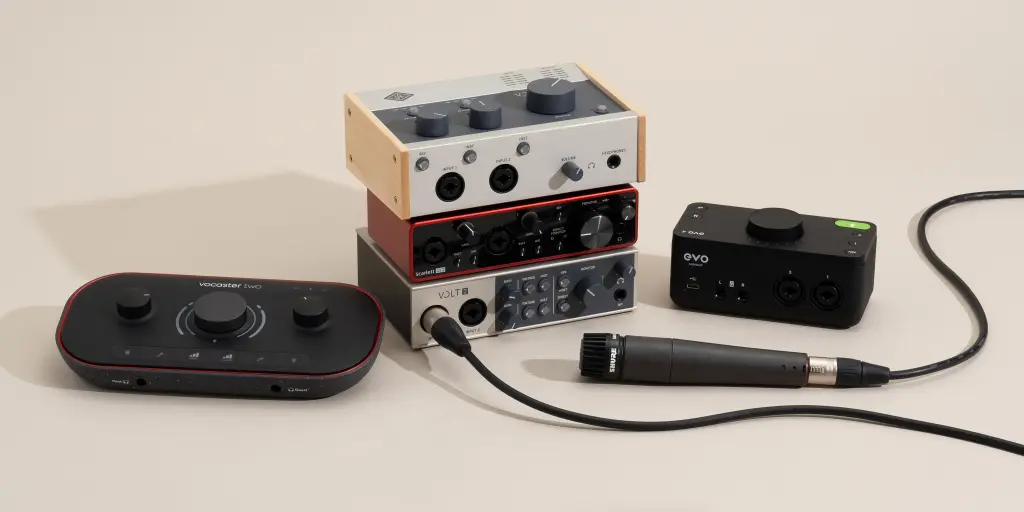
Source: stampsound.com
Multiple Connectivity
The first reason is being able to connect many instruments to your computer. Most audio interfaces come with a quarter-inch jack and an XLR connector. These are the common connectors you will find in instruments and microphones.
Having an array of them will save up space for your computer as you only need one USB port for your interface. There is also the fact that these connectors are made for these instruments, which enables quality recording.
This makes recording guitar and vocals simultaneously or having a live band easier.
Connecting Headphones
Wearing headphones is great for being able to mix accurately. The speaker in your laptop is limited in both loudness and frequency.
This makes it difficult to point out any missed details in the mix that might need fixing.
Headphones designed for music production will give you access to a wider frequency range, making it easier to work on the track until you get the desired mix.
Connecting Studio Monitors
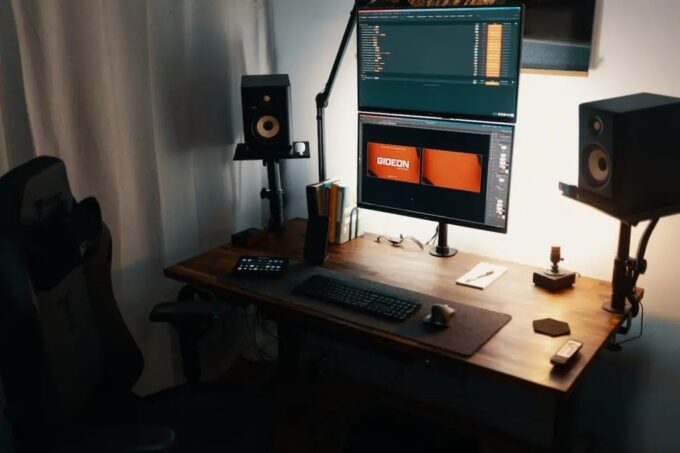
Source: audioapartment.com
However, mixing and mastering with headphones might not be enough. This is why studio monitors may also come in handy.
As mentioned earlier, you are also able to connect studio monitors to your computer through the audio interface.
Studio monitors are big speakers that have a flat sound design. This means that there are no bass boosts or other things that alter the frequency. You essentially get an unbiased signal, meaning what you hear is what you get.
Why Is This Important for Music Production?
An unbiased signal lets you hear the mix in its most accurate form. You can pick up possible errors and quality checks this way. This is crucial if you are mastering the track.
Mastering involves boosting the loudness of the overall track and getting it to be playable in all types of speakers (i.e., car speakers, radios, headphones, etc.).
To have this outcome, studio monitors need to have a flat signal so as to not alter the initial results. If there is a boost in the lower frequencies, this could affect the way you mix and master, which might turn out bad in other speakers.
Keep in mind that you cannot connect studio monitors directly to your computer, but you can through your audio interface. This is one of the advantages of having an audio interface with you.
Features to Look For
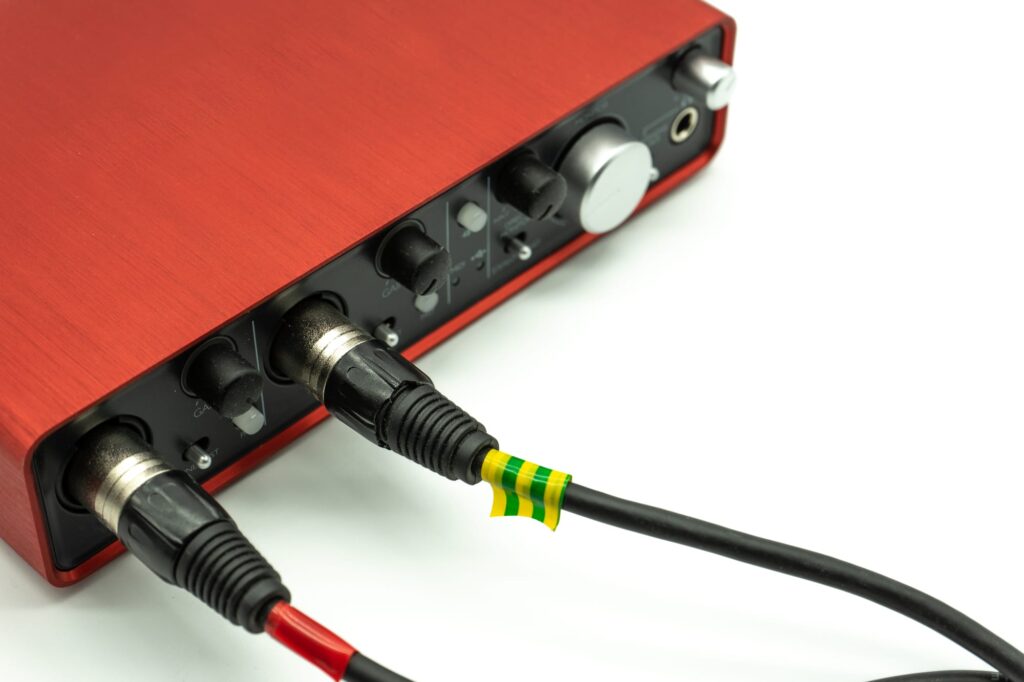
Source: stampsound.com
Here are some other features that audio interfaces come with and that you should look out for.
Volume control
Controlling the monitor volume is now made easier with the volume control knob found in the interface.
With this present, you can now freely control the volume of the entire track without having to find it in the digital audio workstation (DAW).
Not to mention that master volume placements can vary depending on which DAW you get. So having one on your interface will make it much more convenient.
You are also given a volume control for your headphone. This makes it better as you can keep the master volume of the track loud while also making the headphone volume softer so you can take care of your ears.
Phantom Power
This interesting title is what powers your microphone. Condenser microphones are used for recording vocals. They don’t come with batteries, so they need to be powered externally.
This is why phantom power is part of audio interfaces. This powers the microphone, so you can use it for recording vocals.
Multiple Ins and Outs (I/Os)
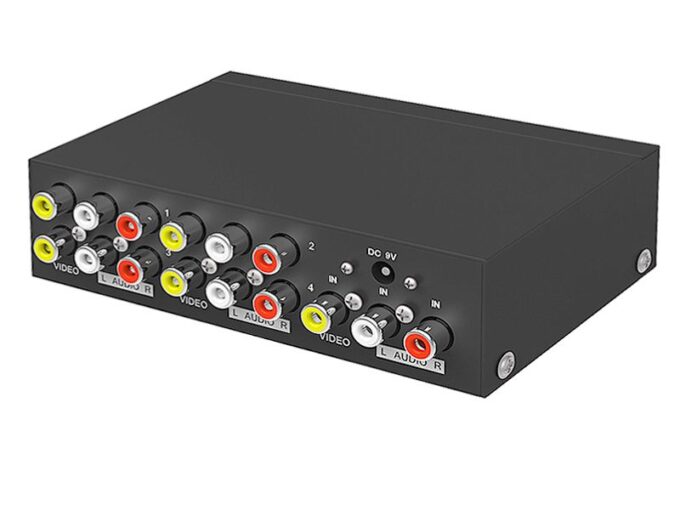
Source: ambery.com
The number of I/Os you need will depend on what you want to record.
If you are recording just vocals and guitar, or are okay with recording different parts one by one, then an interface with a maximum of 2 I/Os is great.
This great entry-level interface model may still be viable even if you are more advanced in your technicality as a music producer. However, this will be different if you will record live bands. If that is the case, your interface will need more I/Os.
Minimal Latency
Latency is the delay in time for a signal to travel from point A to point B.
Too much latency will affect the quality of your recording, especially if you are recording by using a guitar.
Make sure that your audio interface allows for minimal to no latency.
What About DSP?
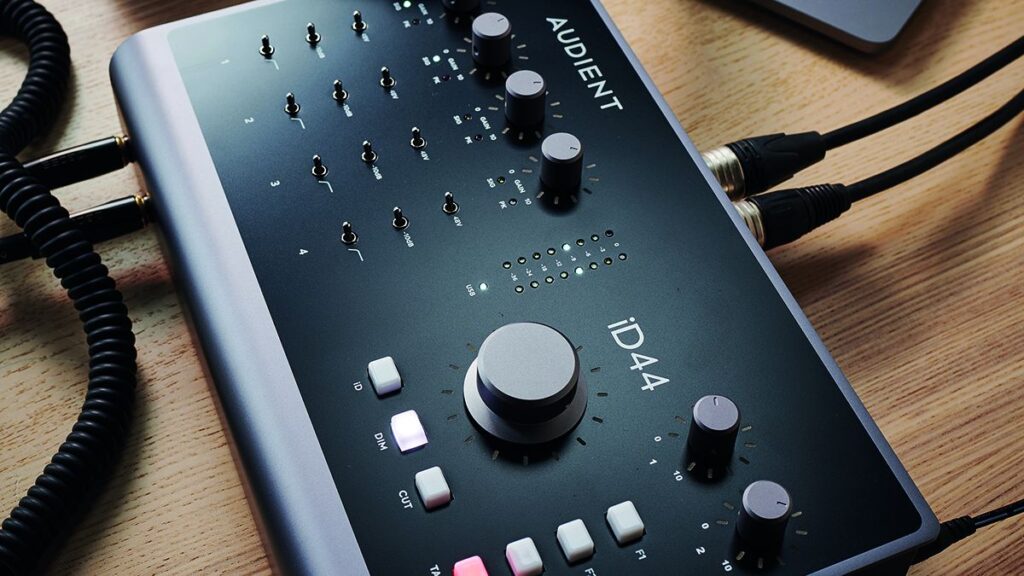
Source: stampsound.com
DSP stands for digital signal processor. As the title suggests, DSP chips read digital signals. They are used in many audio devices and equipment, such as headphones and speakers.
Since they are primarily made for audio interpretation, they consume less power than a CPU.
So What Is the Relation Between This and Audio Interfaces?
Digital processing is also included in music production. It is why you can include effects such as compression and reverb to your tracks.
Some audio interfaces have built-in effects in them, thanks to the DSP processor. These effects include built-in compressors, pre-amps, faders, delay, and reverb.
This means that you can add effects before the information reaches the DAW. This makes it so that the track you recorded already has effects in them.
The advantage to this is that it doesn’t make your CPU from working that much, preventing it from overloading.
Most audio interfaces with onboard DSP are pricey, so it isn’t recommended that this kind of interface is your first. However, they are definitely a great upgrade should you consider buying one.
Frequently Asked Questions
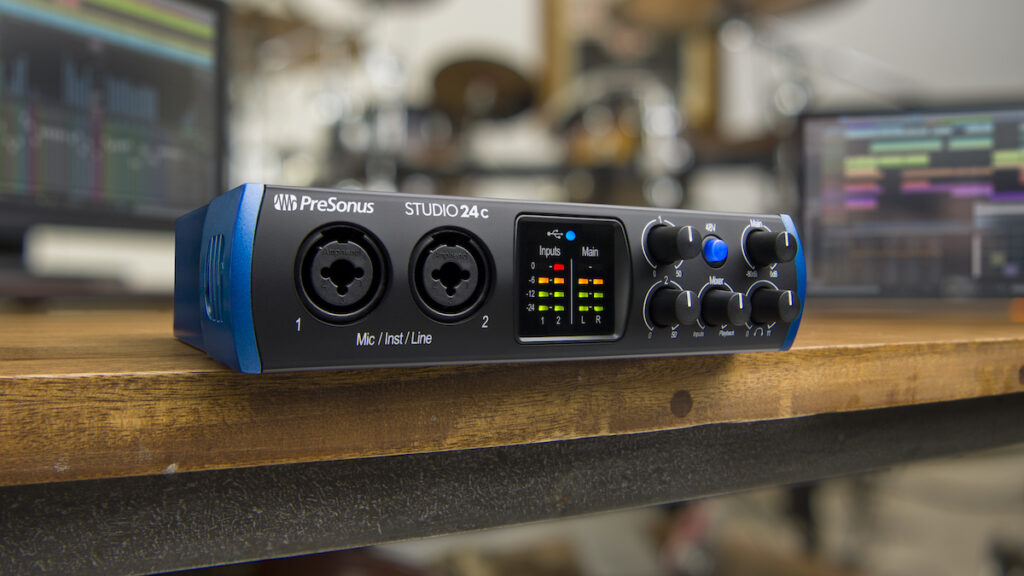
Source: stampsound.com
Do Audio Interfaces Reduce CPU Usage?
While it does offload some usage, it does not reduce it greatly.
Your computer should already have the capacity to run DAWs, especially those that require a lot of storage.
However, an interface with DSP onboarding offloads the CPU greatly since they already come with built-in effects.
What Other Things Make a Good Audio Interface?
An audio interface with a solid build quality is also a good indicator that the interface is well made.
In short, if it is durable, then it counts as being good.
Is There a Notable Difference Between a Cheap Interface and An Expensive One?
Cheap interfaces usually don’t have onboard DSP, so they don’t come with effects.
This will not affect the quality of the recording as interfaces that are of quality will give clear and natural recordings regardless of their price.
While not important, the option to have DSP will definitely be a good upgrade. However, affordable interfaces will get the job done just as good so long as the brand is reputable.
Conclusion
Audio interfaces have become one the major cornerstones of home music recordings. They have made it possible to create industry-standard music without leaving your house.
Hopefully you have a newfound understanding and appreciation for audio interfaces. We hope your recordings and mixes turn out well.a



